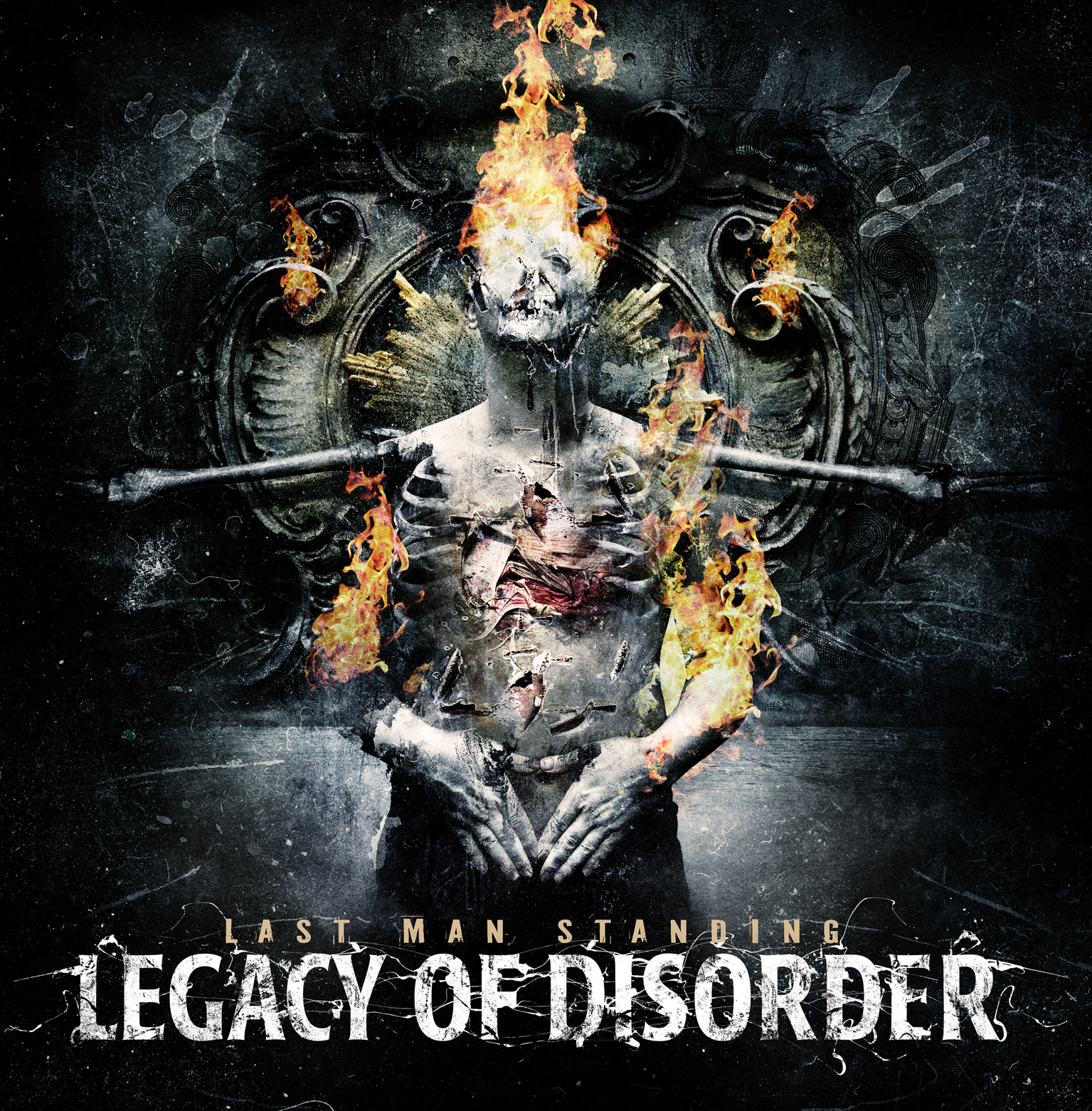In this post I will be talking about the South African Metal Subculture. Its a subculture directly related and revolving around the music genre Metal. This is a subculture I can specifically relate to as I am part of it and have experienced it throughout my teenage life up until now. Unfortunately as far as I can tell it is a subculture that's in decline rather than one that's growing. Below are some images to give a feel and idea about the it:







As you can see its a subculture that is comprised of many different people regardless of race, age or nationality. The subculture tends to go against most things that in some way control people. There is no strict dress code and although wearing black is popular within the subculture its not binding. The subculture values uniqueness and strength in character. Although there will always be exceptions to the above mentioned general information.
Some things go hand in hand with the subculture as well, these are just some things besides for the music which one will often find people within the subculture like:
- Leather clothes
- Anime
- Gaming
- Art
- Anarchy
- Atheism
- Motorbikes
- Instruments
Art within the subculture is mostly reserved for album covers and bands although there is an ongoing style of grunge and illustrated artwork that is inspired by metal as a whole.
As far as what epitomizes the subculture it would obviously have to be the music. Metal is the foundation of what the subculture is. So long as the genre exists so will the subculture regardless of what trends come and go.














